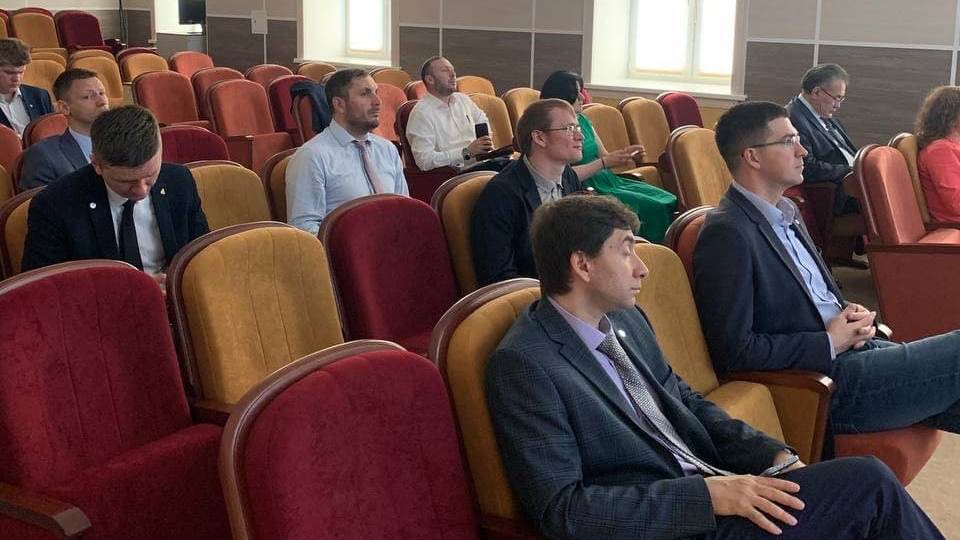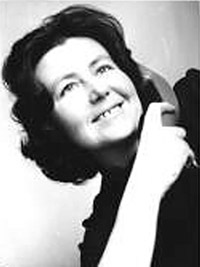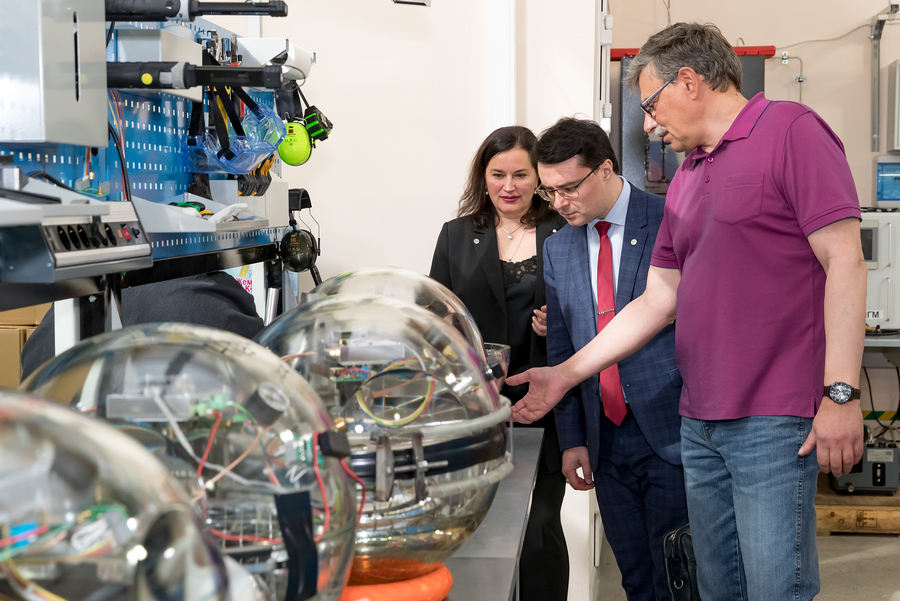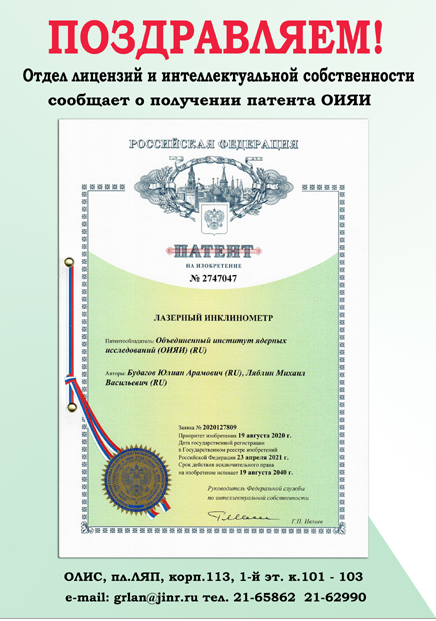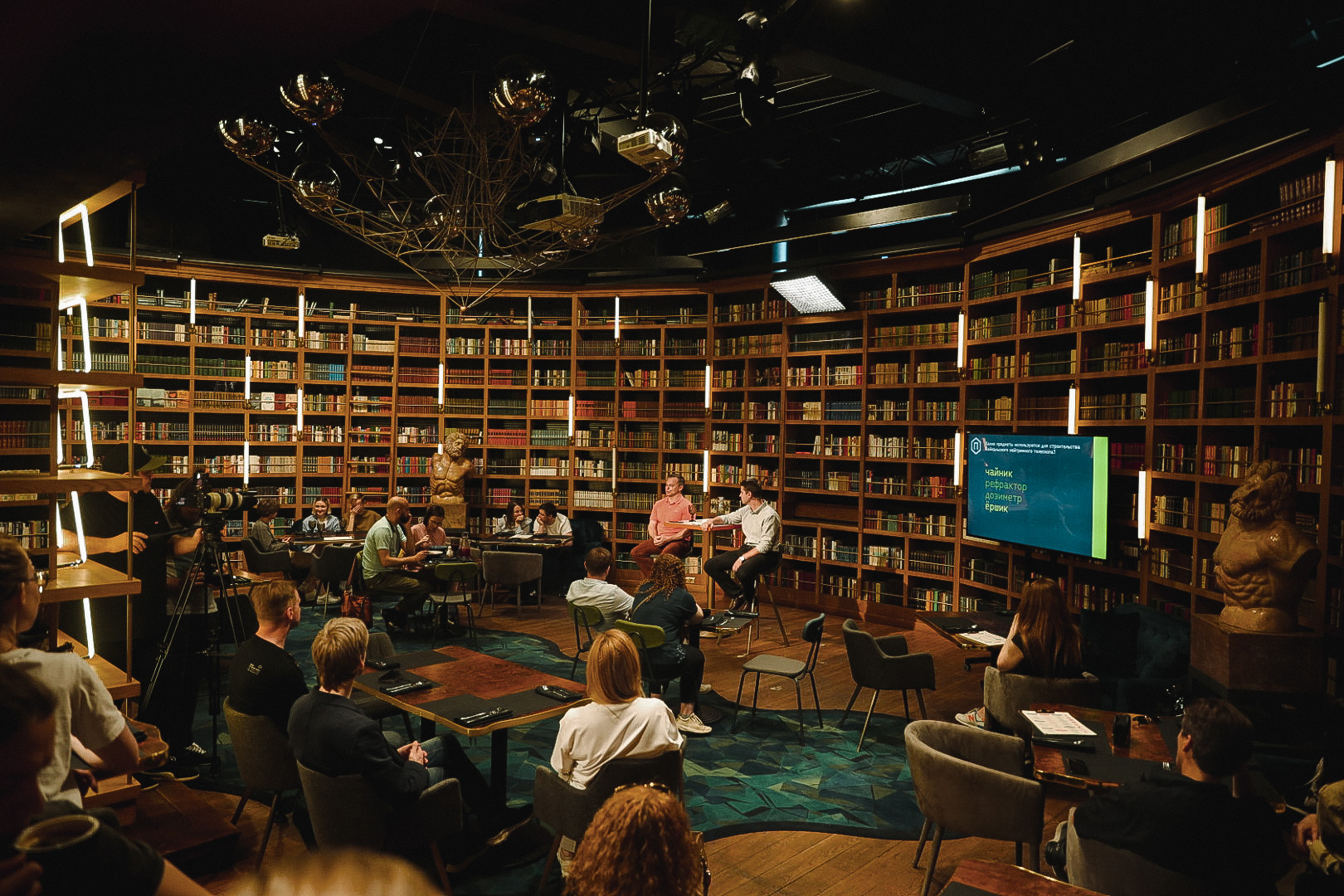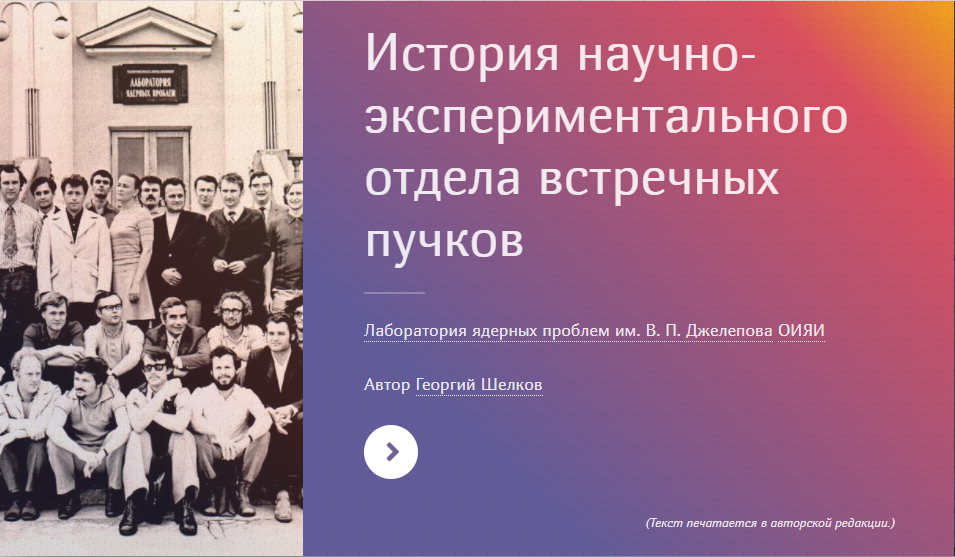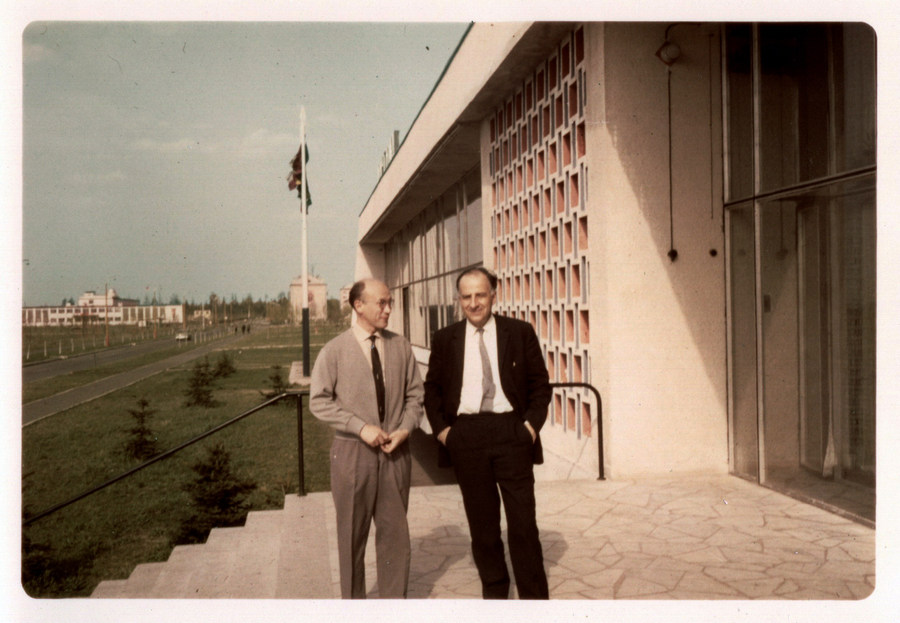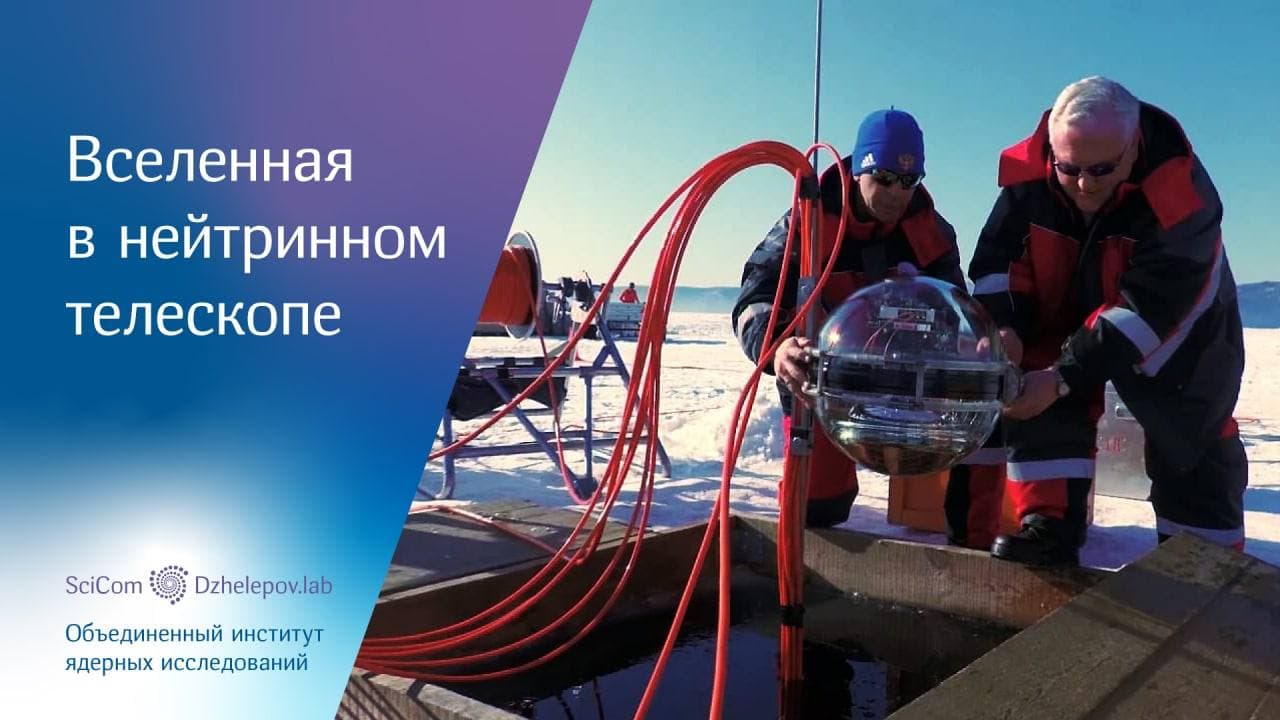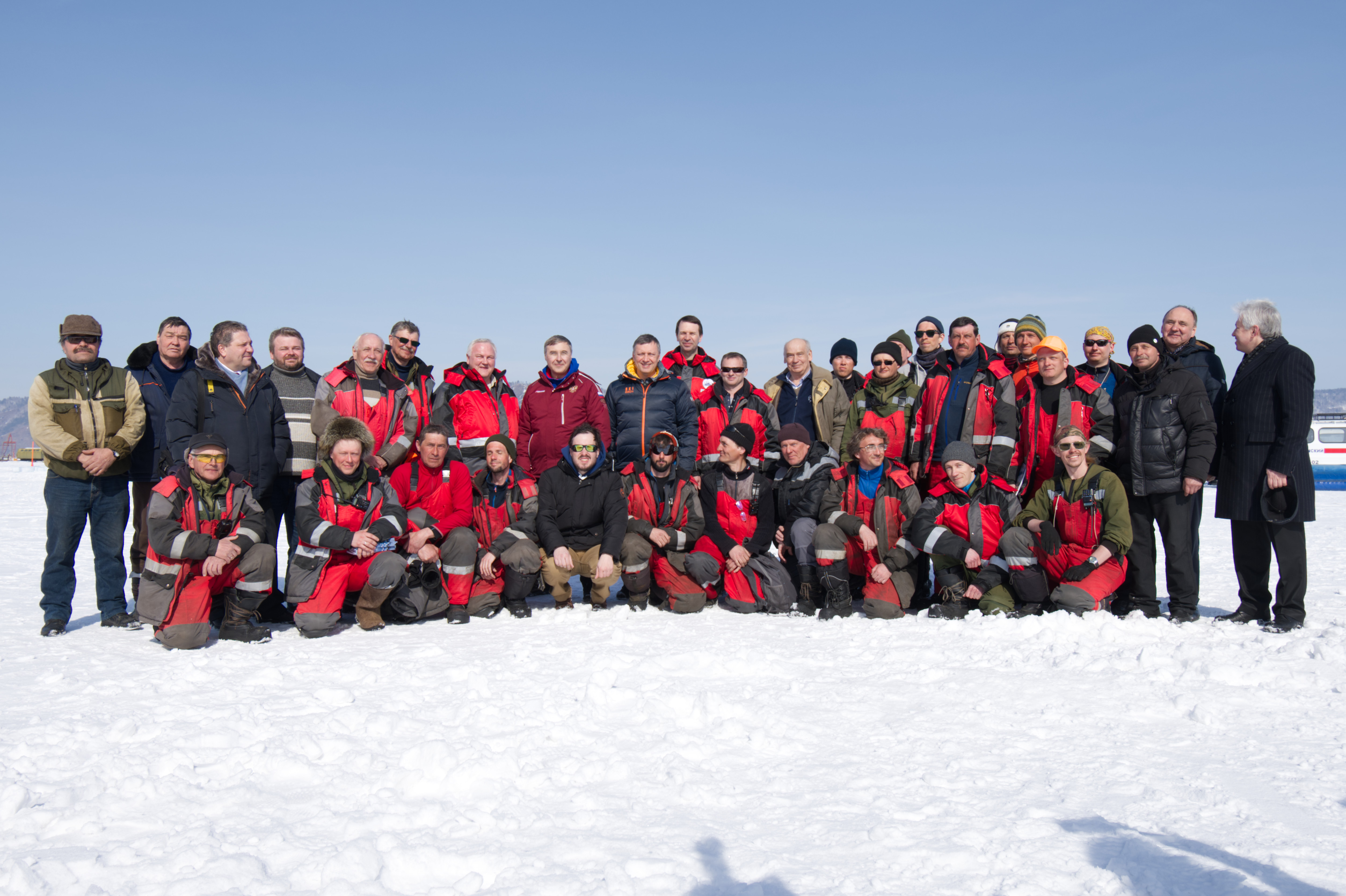News
31.05.2021
Borexino, an international collaboration, was awarded a prestigious Giuseppe and Vanna Cocconi Prize of the European Physics Society in astrophysics and cosmology for breakthrough studies of solar neutrinos providing the only and exhaustive evidence of nuclear fusion reactions in the Sun in the pp-chain and in the CNO cycle.
28.05.2021
Today, the attendees of the 17th International Training Programme for decision-makers in science and scientific cooperation “JINR Expertise for Member States and Partner Countries” (JEMS-17) visited our Laboratory. This time, representatives from Russia, Armenia and Belarus came to Dubna to take part in the training programme.
28.05.2021
On 24 May, DLNP veterans celebrated Irina Grigorevna POKROVSKAYA’s birthday. She worked at JINR for about half a century communicating with a great number of employees. And now, in the year of JINR’s 65th anniversary, she would like to share her memories of her career at the Laboratory with a new generation of scientists.
21.05.2021
Here is a nice photograph we have found in the DLNP archives.
The entrance checkpoint and the building of the Laboratory of Theoretical Physics (LTF) are featured in it. Considering the clothing style and cars, the photograph may have been taken in the early 1960s. The main point of attraction is the balcony of the LTF cafeteria which was the centre of social life and professional discussions of JINR employees. Later, the balcony was glazed.
19.05.2021
Michele Weber talks about DUNE, the advanced accelerator neutrino experiment conducted at Fermilab, the USA, the liquid-argon time-projection chamber (TPC) of the DUNE Near Detector and about DLNP participation in the project. Advanced technologies for particle track reconstruction with a millimetre precision are used in the TPC. JINR plays a crucial role designing the system of light readout in liquid argon.
18.05.2021
Last Thursday, on 13 May, the delegation from the Vitus Bering Kamchatka State University (KamSU), the acting rector Evgeny Merkulov and the deputy rector for science, innovation and international cooperation Veronika Efimenko visited our Laboratory. The goal of the visit was to get to know JINR and to discuss further cooperation. The guests took the tour both of the Alpha-Hall of the BAIKAL-GVD experiment and of the Laboratory of Precision Laser Metrology.
18.05.2021
The JINR Department of Licensing and Intellectual Property announces that on 23 April 2021 the Joint Institute for Nuclear Research got a patent for the invention “Laser inclinometer”. The authors are Yulian Aramovich Budagov and Mikhail Vasilyevich Lyablin.
16.05.2021
This spring, the Polytechnic Museum restarted Sunday’s “Brunches with Scientists” within its outreach programme “Polytech in the City”. These are gatherings with a cup of coffee in the best cafes and bars of Moscow where everyone can directly get the latest news from the world of science. Today, one of these meetings has taken place in the centre of Moscow, in the restaurant “Community Moscow”. Its guest was Dmitry Naumov, Doctor of Physics and Mathematics, the head of the JINR Neutrino Programme.
13.05.2021
Now we have the section “The History of the Experimental Department of Colliding Beams” on our website. You can find here a detailed story about the Department, its employees, discoveries and studies told by Georgy Alexandrovich Chelkov.
The Experimental Department of Colliding Beams is one of the oldest at DLNP, and its history had begun even before JINR was established. Yu. D. Prokoshkin and V. I. Petrukhin stood at its origins. The Department widely cooperated with the Institute of High-Energy Physics (Protvino) and CERN. Today, it is involved in a number of projects: BESIII, COMPASS and others.
11.05.2021
It’s spring. Dubna is young, and so is Bruno Pontecorvo. Do you know the street?
03.05.2021
The Dzhelepov Laboratory of Nuclear Problems celebrating the 65th JINR anniversary has made an educational film about the Baikal Neutrino Telescope “The Universe through the Neutrino Telescope”. JINR Director Grigory Trubnikov, INR Director Maxim Libanov, members of the BAIKAL-GVD Collaboration and others were involved in the film.
03.05.2021
From 17 February to 4 April 2021, the eighth cluster of the telescope was installed. The effective volume of the facility increased up to 0.4 cubic km. On 13 March 2021, the detector was officially launched, and the Memorandum of Understanding was signed between the Ministry of Science and Higher Education of the Russian Federation and the Joint Institute for Nuclear Research (JINR) on development of the BAIKAL-GVD neutrino telescope.



